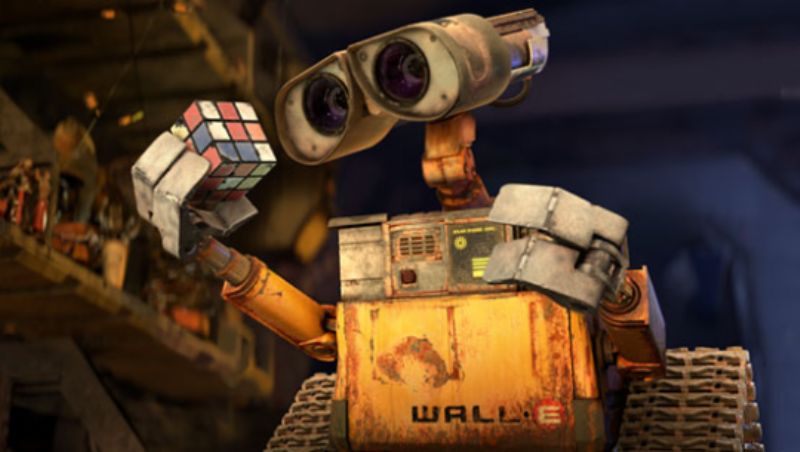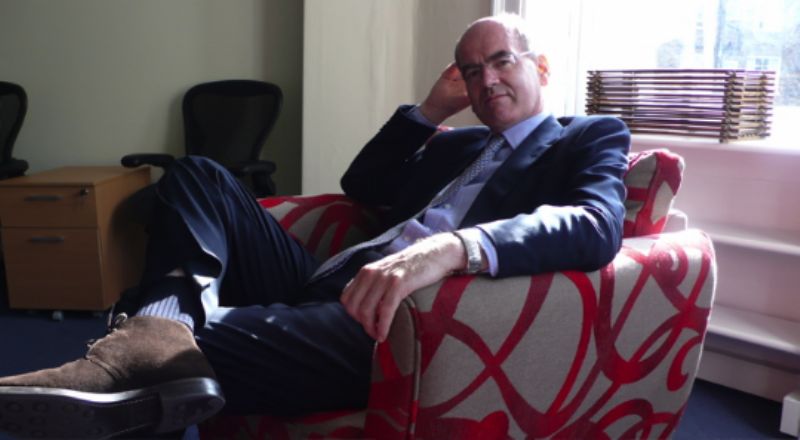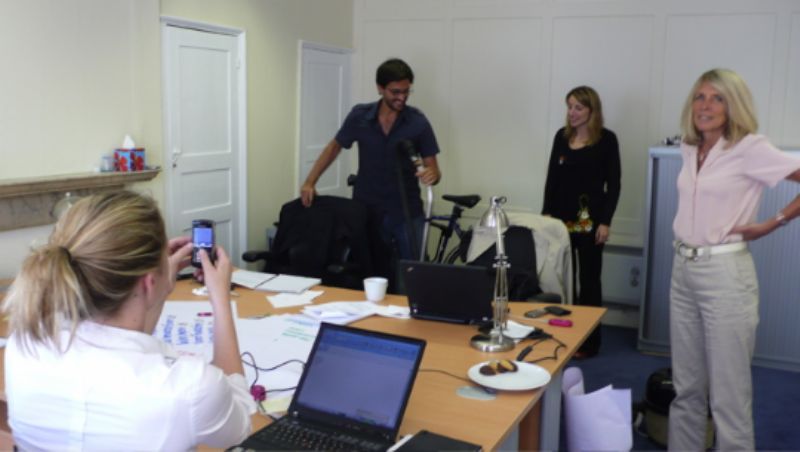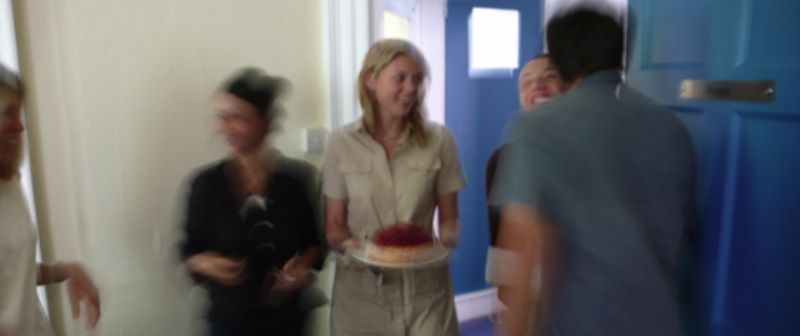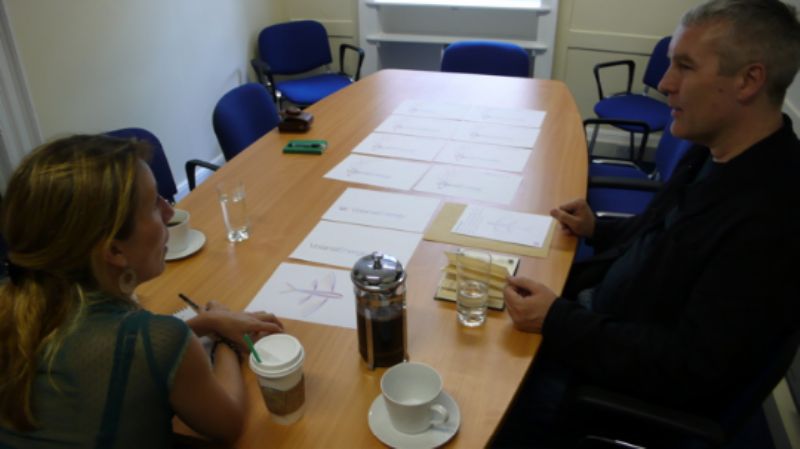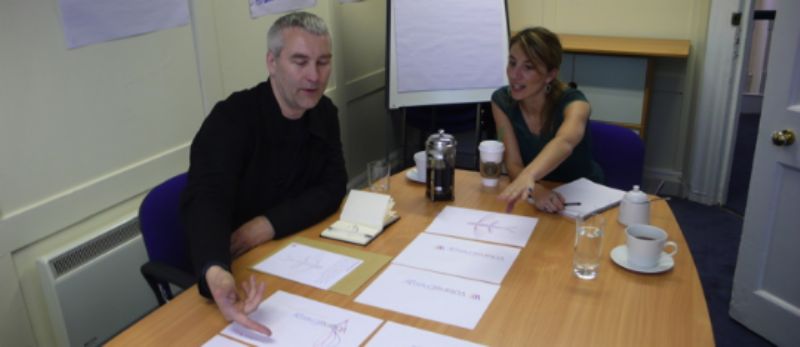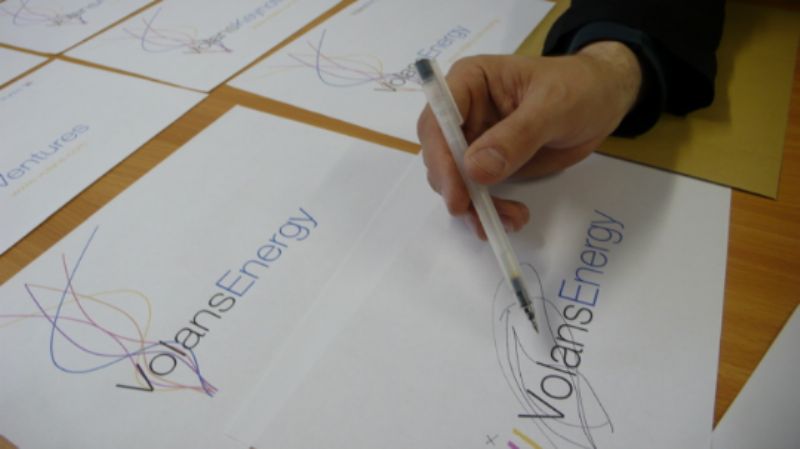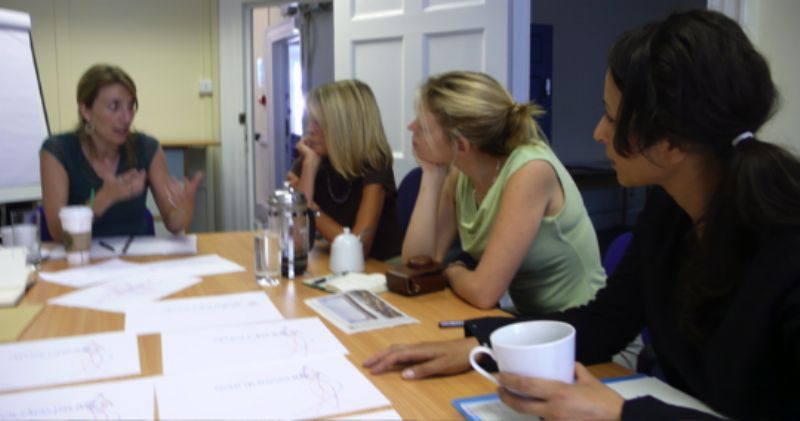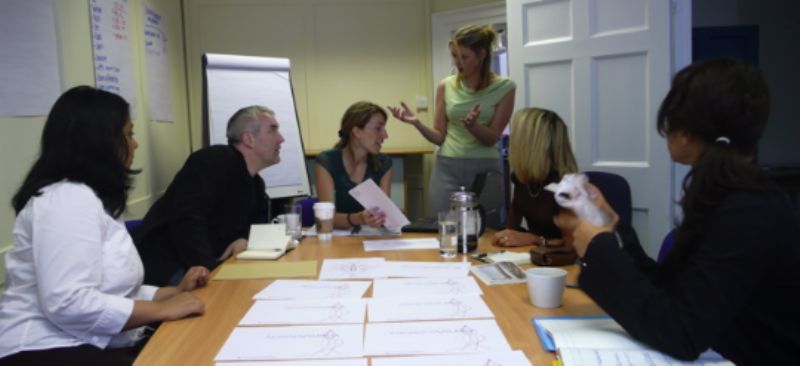Spent the morning ferrying boxes of books from home – and from my desk SustainAbility – across the the new Bloomsbury Place offices of Volans. Nice and bright when we started out, but by the time Elaine and I got to Bloomsbury Place the wind was fairly thumping through the trees there and in Bloomsbury Square nearby.
Then we found I was missing one key of the front door set, so – while we sat on the steps in the wind with our boxes and no doubt looked like refugees to the steady stream of foreigners making their way to the British Museum, poor Sam had to streak across to let us and our pile of boxes in. Nice feeling, though, to be building up the library in a building which the man who lives in the basement told us today dates back to the 1600s.
As we drove back through Trafalgar Square, a giant screen was showing swimming races from the Beijing Olympics, something I find excites me not a jot. But it was nice to drive back along the Embankment and see the bridges, which I always find a delight.


